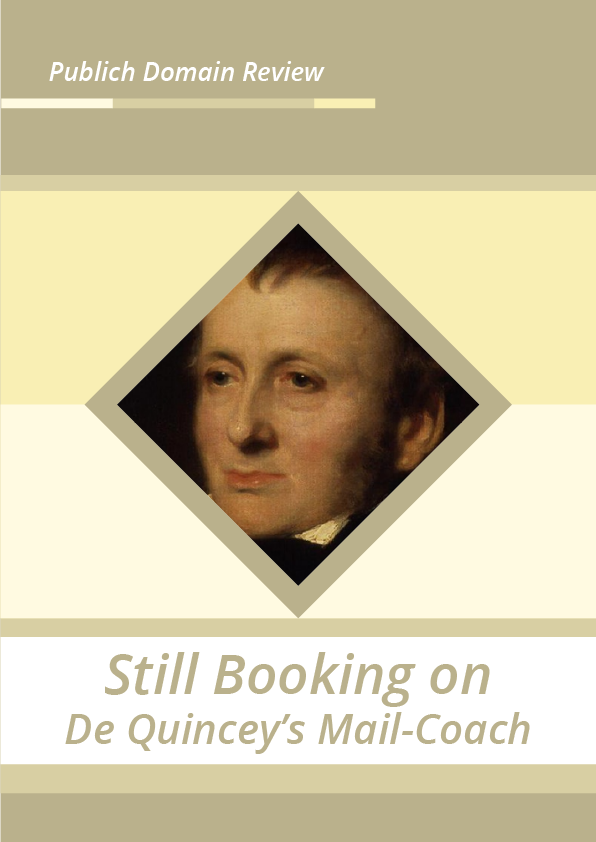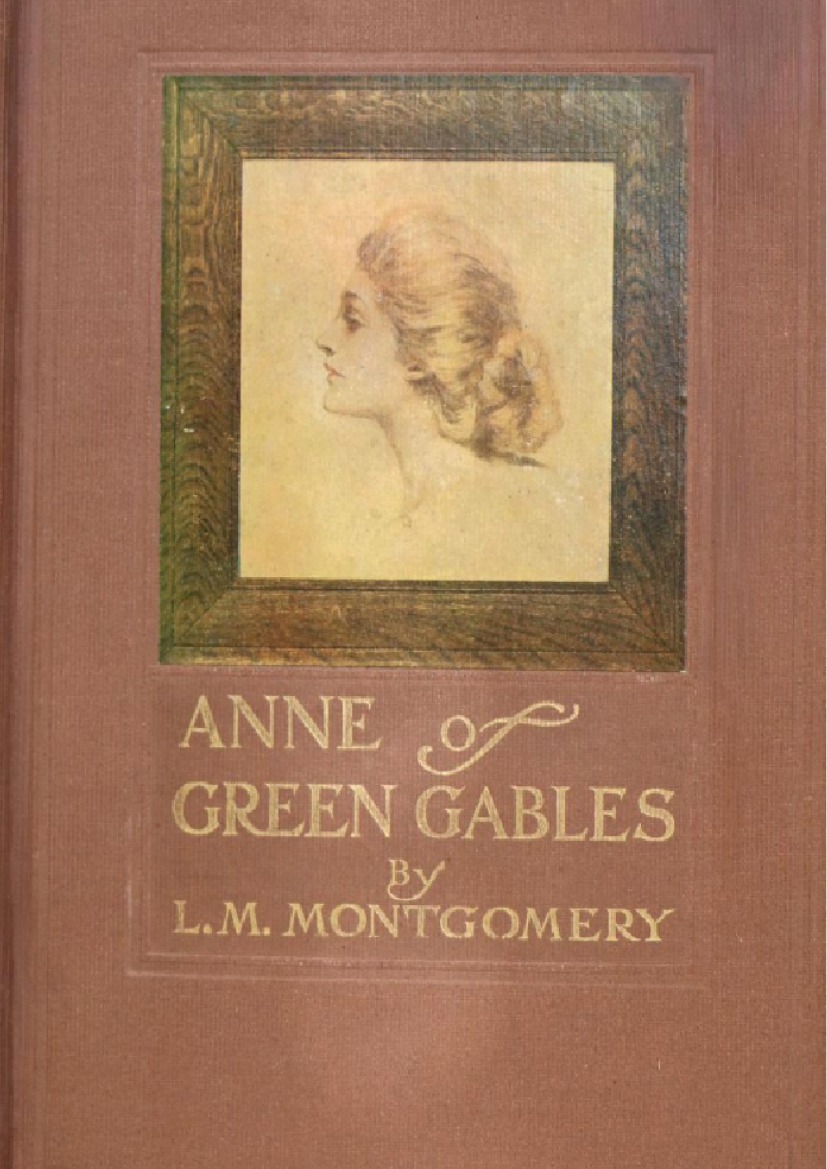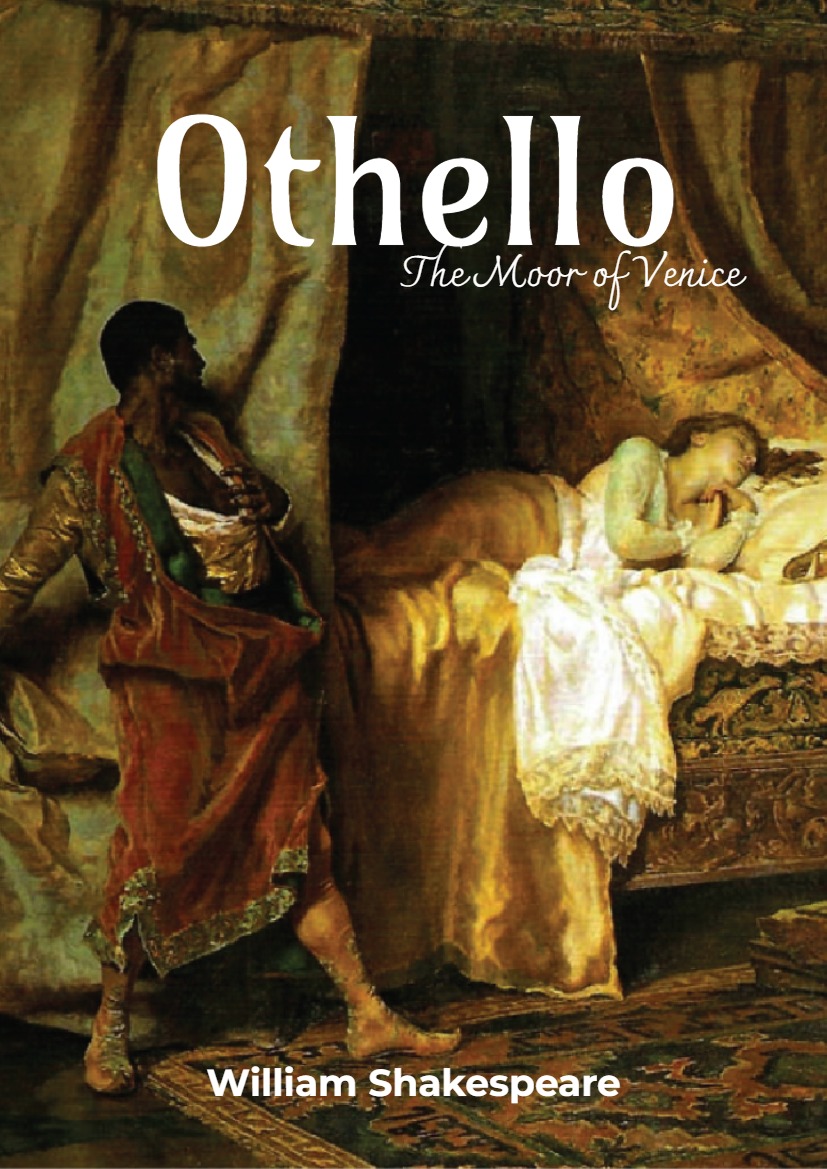Robin Jarvis looks at Thomas de Quincey’s essay “The English Mail-Coach, or the Glory of Motion” and how its meditation on technology and society is just as relevant today as when first published in 1849.
In the last quarter of 1849 Thomas De Quincey published two separate essays in Blackwood’s Edinburgh Magazine, a leading Tory periodical. These two essays, entitled “The English Mail-Coach, or the Glory of Motion” and “The Vision of Sudden Death,” were revised and amalgamated five years later to produce one of the author’s most memorable and idiosyncratic pieces. “The English Mail-Coach” is at once a celebration of that form of transport and an elegy for its demise, since by the time De Quincey published his essay the railways had already spread across the country and shunted the mail-coach into the sidings of history. As an exercise in technology nostalgia, therefore, the essay might be compared to someone recalling fondly the brick-like mobile phones of the 1980s while necessarily using a modern, lightweight smartphone and perhaps grumbling at the way it increasingly dominates their waking life
“The English Mail-Coach” is in four parts. In the first, De Quincey explains his fascination with mail-coaches and recalls his delight in using them – insisting always, against the grain of class preference, on an outside seat – to go to and from Oxford in his student days. He relates his obsession to the pleasures of unprecedented speed, with the thrill of “possible though indefinite danger”; the visual stimulation of “grand effects,” as deserted roads at night are momentarily lit up by coach-lamps; the sheer spectacle of “animal beauty and power”; the sense of participating in a great national system, akin to a living organism; and the additional excitement of bringing news, good or bad, from the battlefront (during the Napoleonic Wars) to local communities far and wide.
In the second section of the essay, “Going Down with Victory,” De Quincey elaborates on the adrenalin-fuelled experience of bearing tidings of war, kindling joy all along the route “like fire racing along a train of gunpowder,” and describes the more ambivalent experience of giving one woman a partial account of the “imperfect victory” at Talavera, a costly battle in which her son’s regiment has, he believes, been virtually wiped out. In the third section, “The Vision of Sudden Death,” he narrates an incident at night on the Manchester-to-Kendal mail in which the coachman nods off and, with De Quincey seemingly unable to seize the reins and take evasive action, the vehicle narrowly avoids collision with two lovers in an oncoming gig. It is only the young man in the gig who can avert disaster, and he responds with only seconds to spare. In the final section, the celebrated “Dream-Fugue,” De Quincey tells the reader how the figure of that same terrified young woman, glimpsed for just a few moments, subsequently entered into the “gorgeous mosaics” of his dreams, featuring in a variety of perilous or fatal situations. In the final, apocalyptic, dream-sequence De Quincey’s mail-coach becomes a “triumphal car” proceeding at supernatural pace down a cathedral aisle of infinite length; a female infant who temporarily obstructs its path somehow becomes synonymous with all the victims of war, past and present, while her apparent survival or exaltation stands not only for the material gains of “Waterloo and Recovered Christendom” but also for the spiritual end of resurrection and eternal life.
Even this brief summary should make clear that De Quincey’s mail-coach is more than just a horse-drawn carriage. It is, in fact, a powerful mobile metaphor, freighted with all manner of symbolic meanings that modern literary critics have delighted in picking over. Sometimes these meanings seem startling or contradictory. It is, for instance, remarkable that the mail-coach, which at the beginning of the essay epitomises pre-industrial travel and communications and is an object of sentimental regard, nevertheless somehow comes to represent the unstoppable flight of Britain into an industrialised modernity. The unnerving speed of the mail-coach expresses, for some readers, the velocity of social change or the urgency of historical process. For others, the vehicle embodies the hopes and fears of the nation at a critical stage in the European theatre of war, or reflects the author’s belief in Britain’s pre-eminence as an imperial power. For critics of a certain theoretical persuasion, the mail-coach has even been read as a metaphor for the power and unpredictability of language itself.











